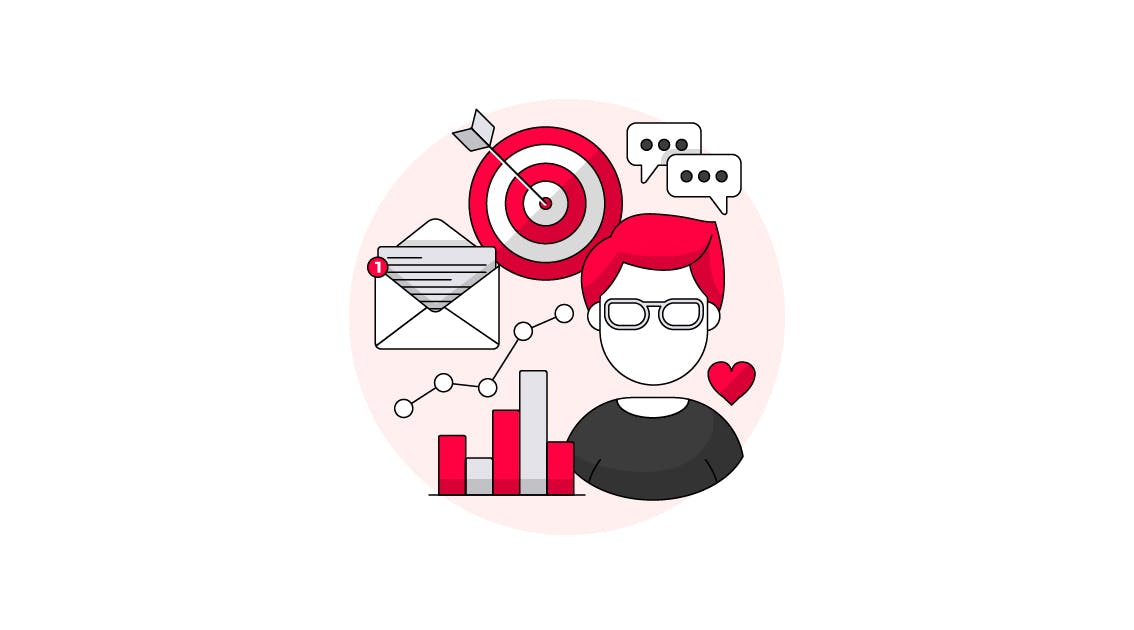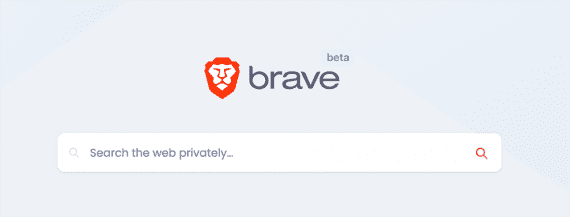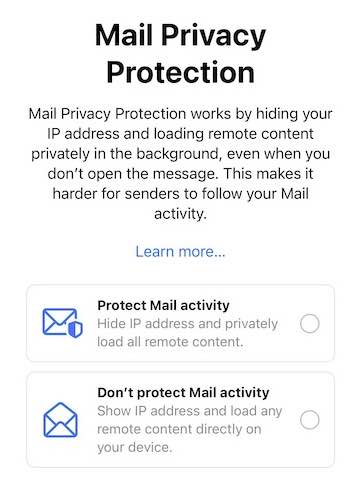
You’ll often have heard business leaders talk about being ‘customer-centric’, or ‘customer-first’ – but it isn’t possible to do that if you can’t even keep track of who your customers are.
If your business is growing and you want to maintain the same level of personal, tailored relationships with your customers that you had when your business was starting out, you need a CRM strategy and you’ll probably want to invest in a CRM system. What type will depend on the needs of your company, the channels you’re integrating and the insights you want, but customer relationship management is essential if you want to keep on top of your customer interactions and relationships, join the dots across various channels, harmonise your sales and marketing and generally deliver a great customer experience that will make your brand stand out.
What is CRM?
Interacting with customers is also a lot more complex and fragmented in the digital, Web 2.0 age than it once might have been. Conversations can take place across social media, live chat, telephone, email and more – and without a central place to store details of all those interactions, threads can quickly be lost, conversations aren’t followed up on, and issues lie unresolved as it might not be documented who was supposed to follow up on what, what the last action taken was, and what the plan was for the next step. Ideally, your platform for managing all of this information should be accessible to members of different teams – customer service, sales and marketing – so that they can each log in, access information, record details and seamlessly hand off from one to the other.






![[October 2018] Convert Support Wisdom: All About Google Analytics](https://research-institute.org/wp-content/uploads/2022/03/october-2018-convert-support-wisdom-all-about-google-analytics-71-768x576.jpg)